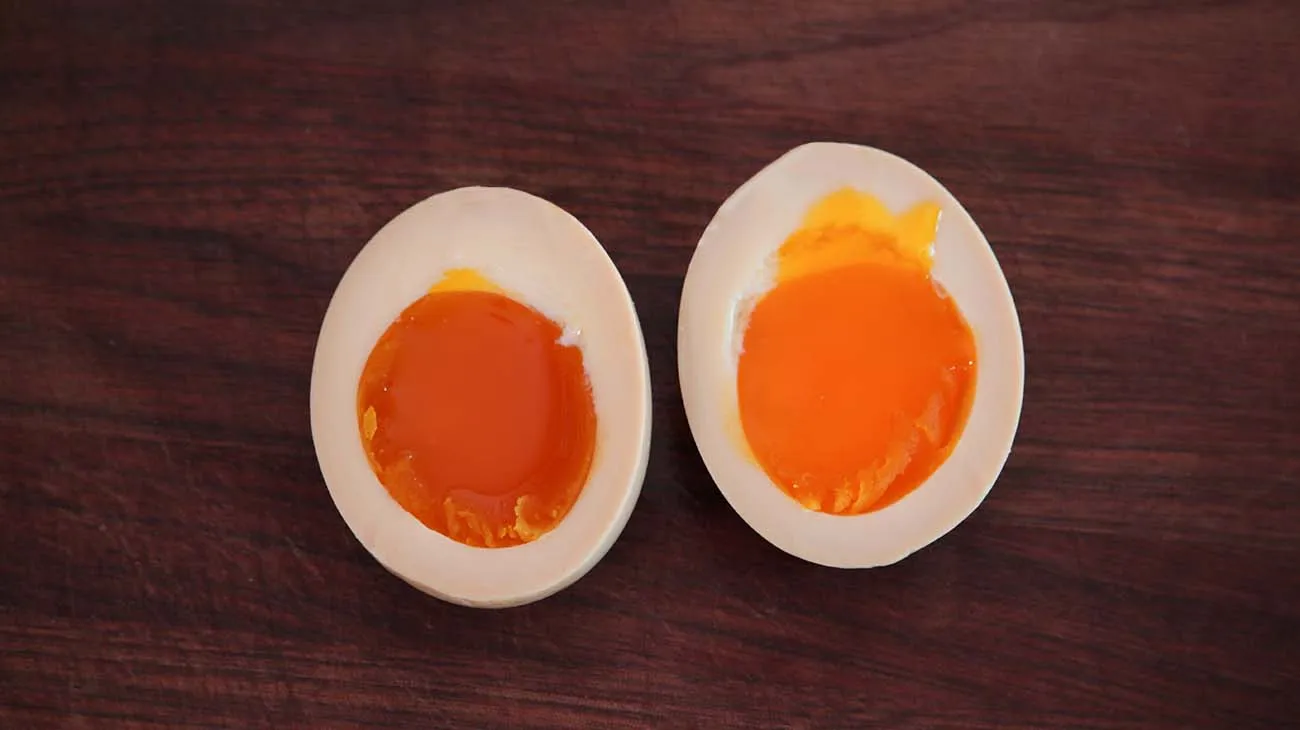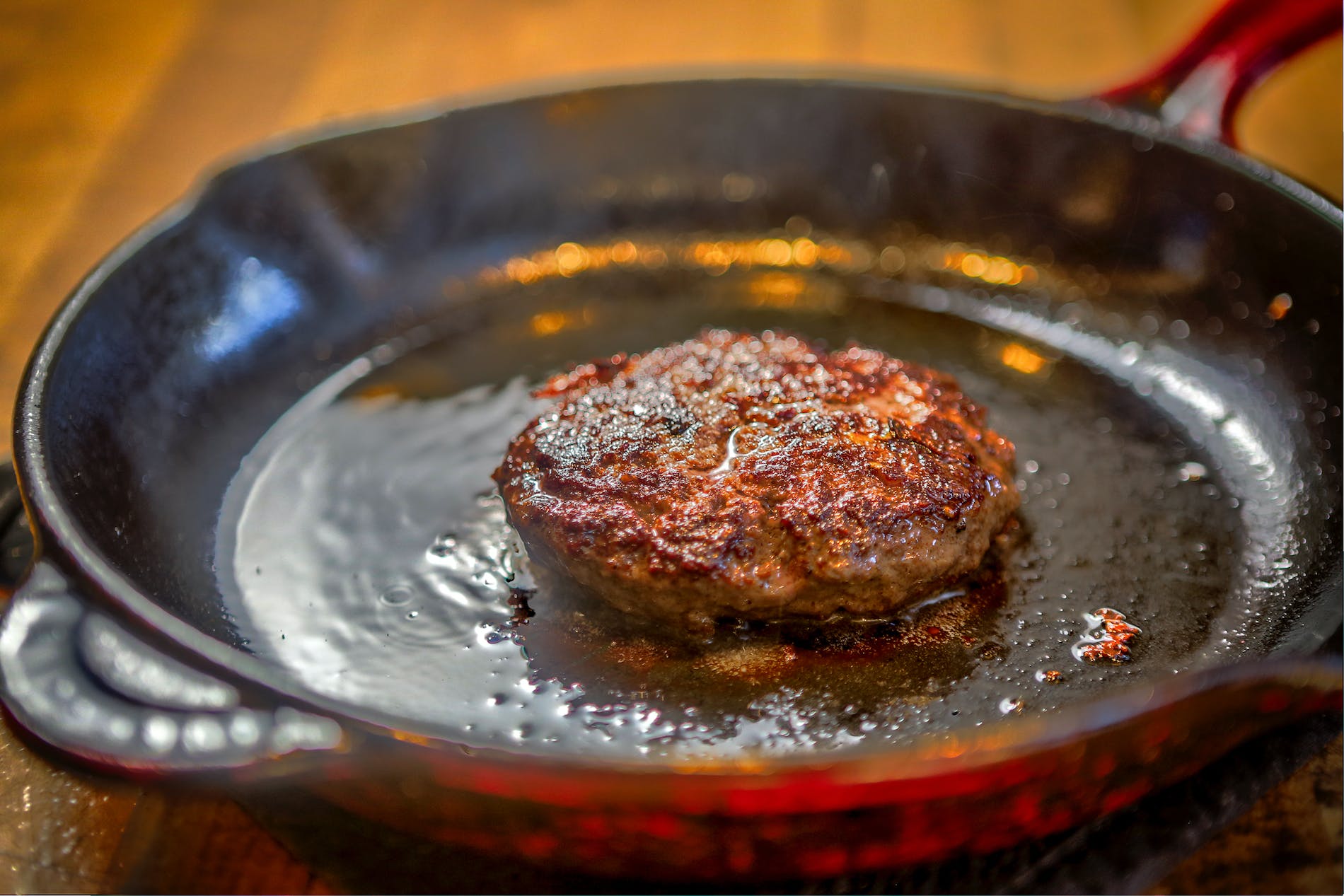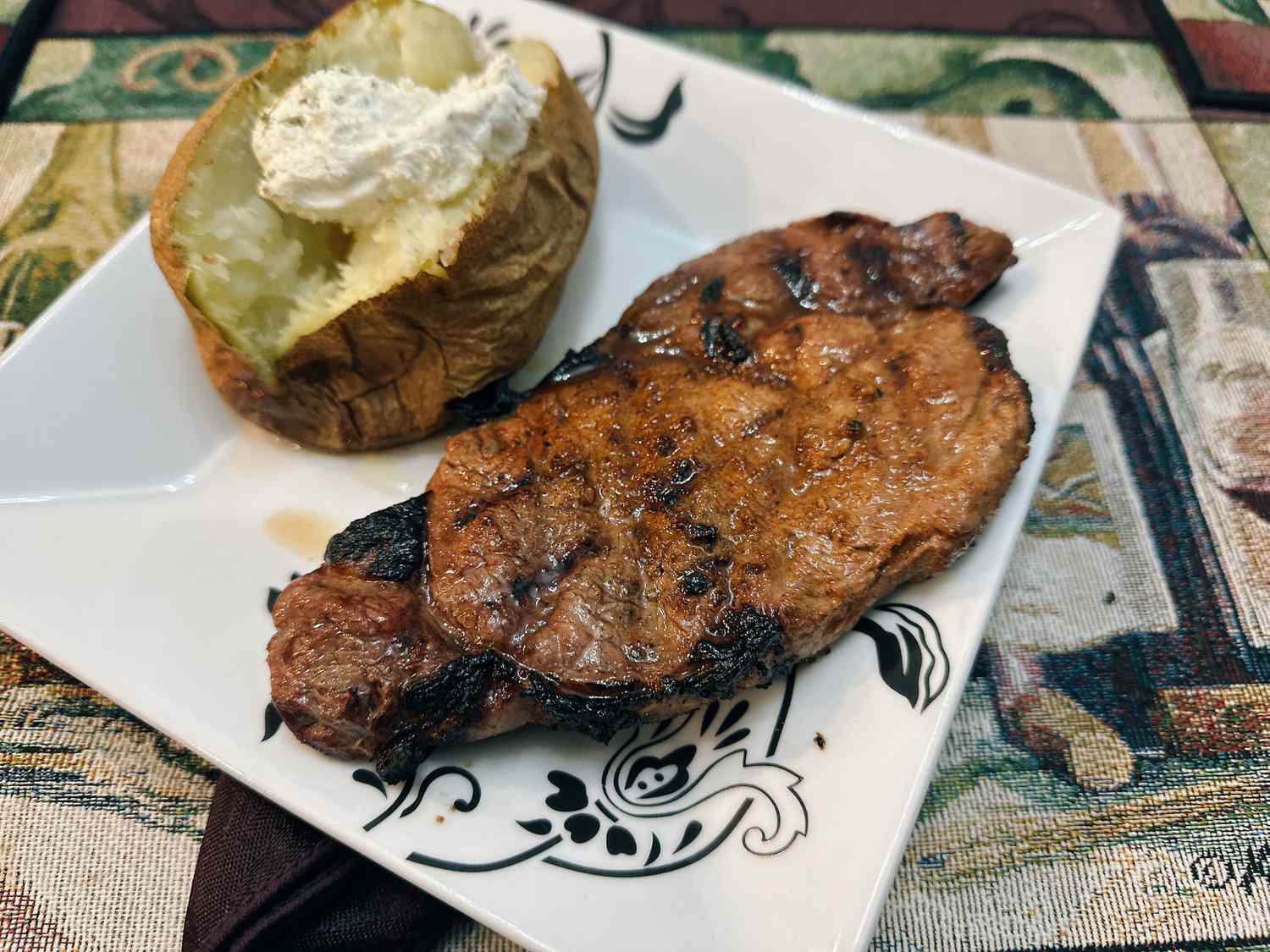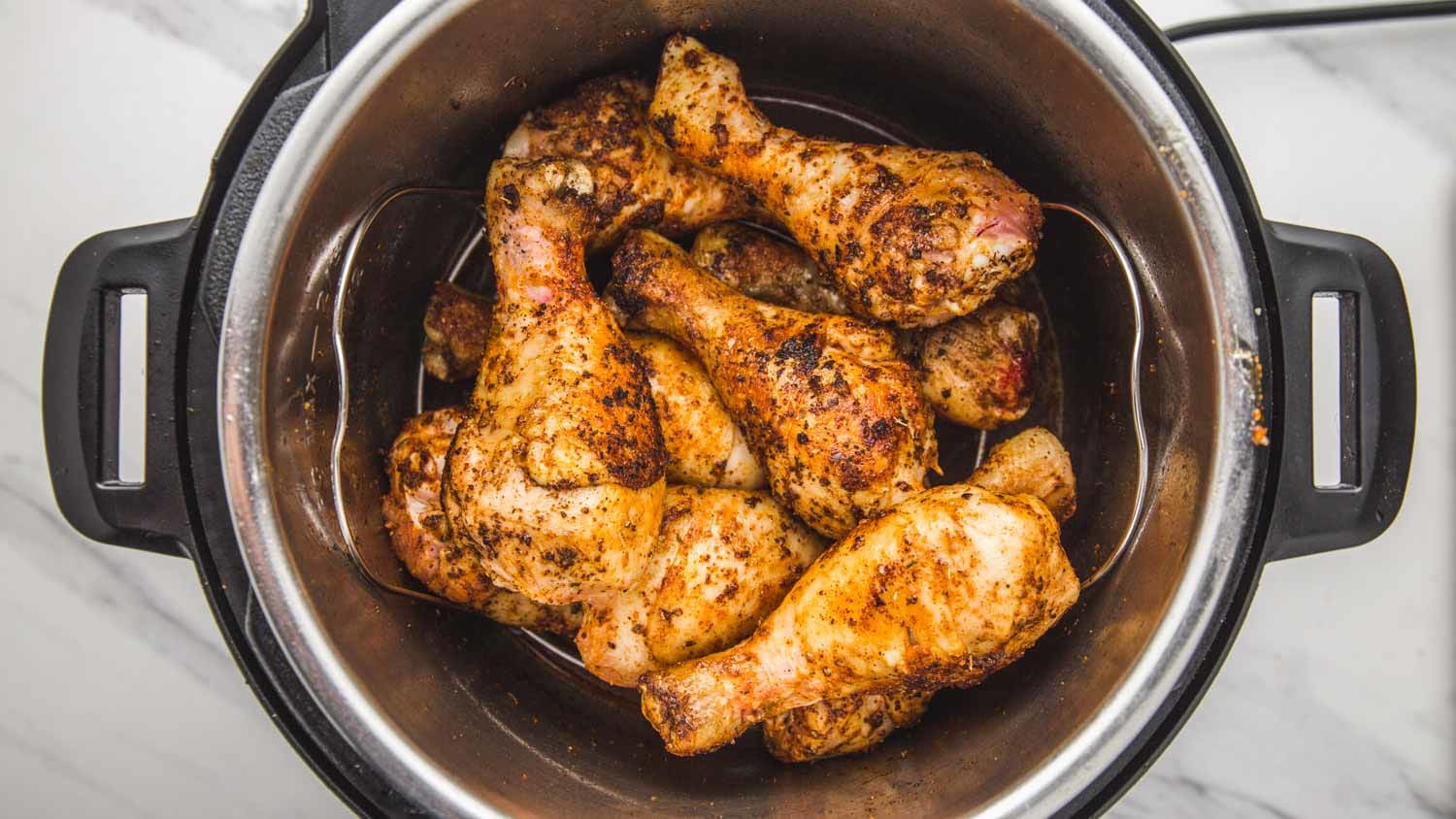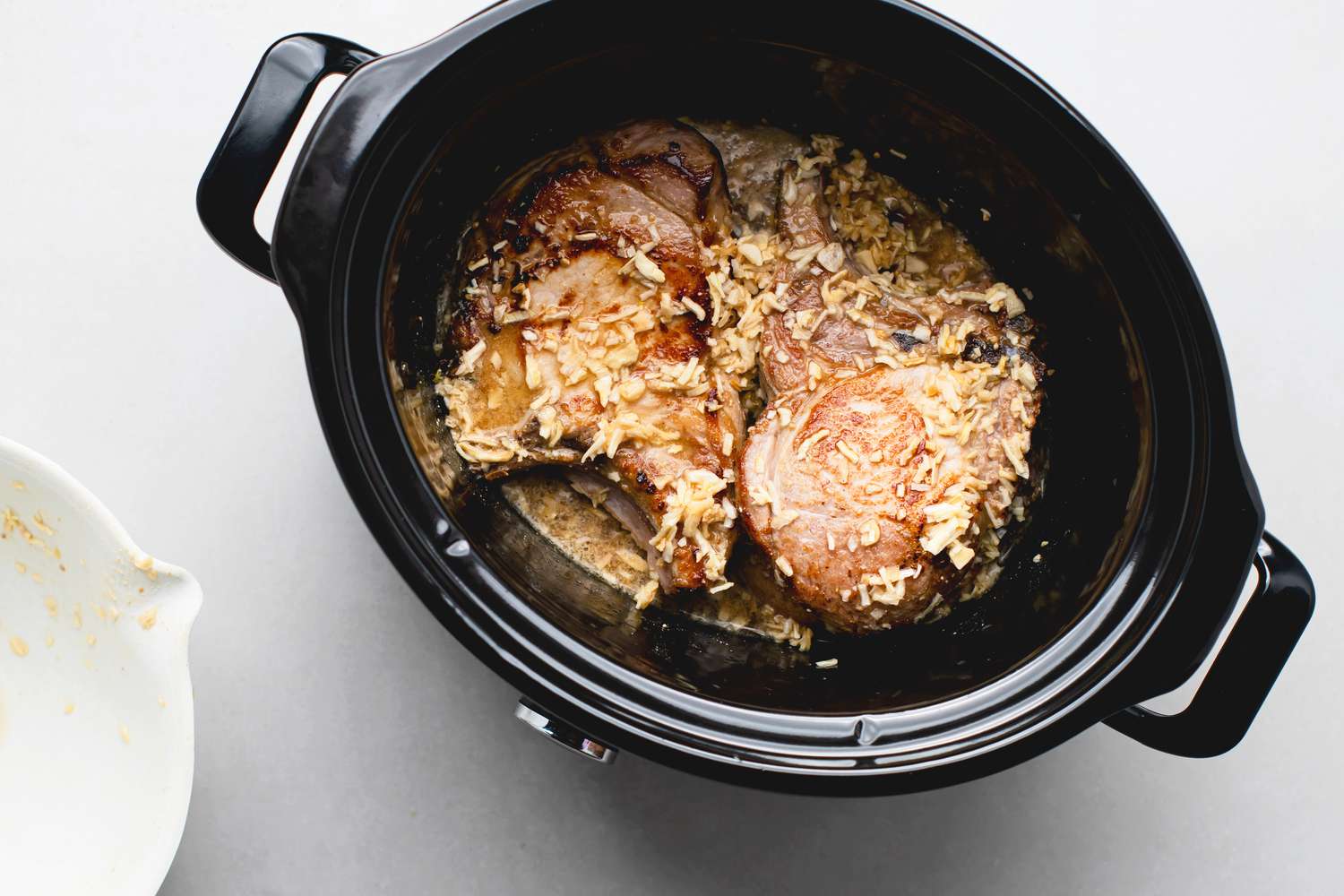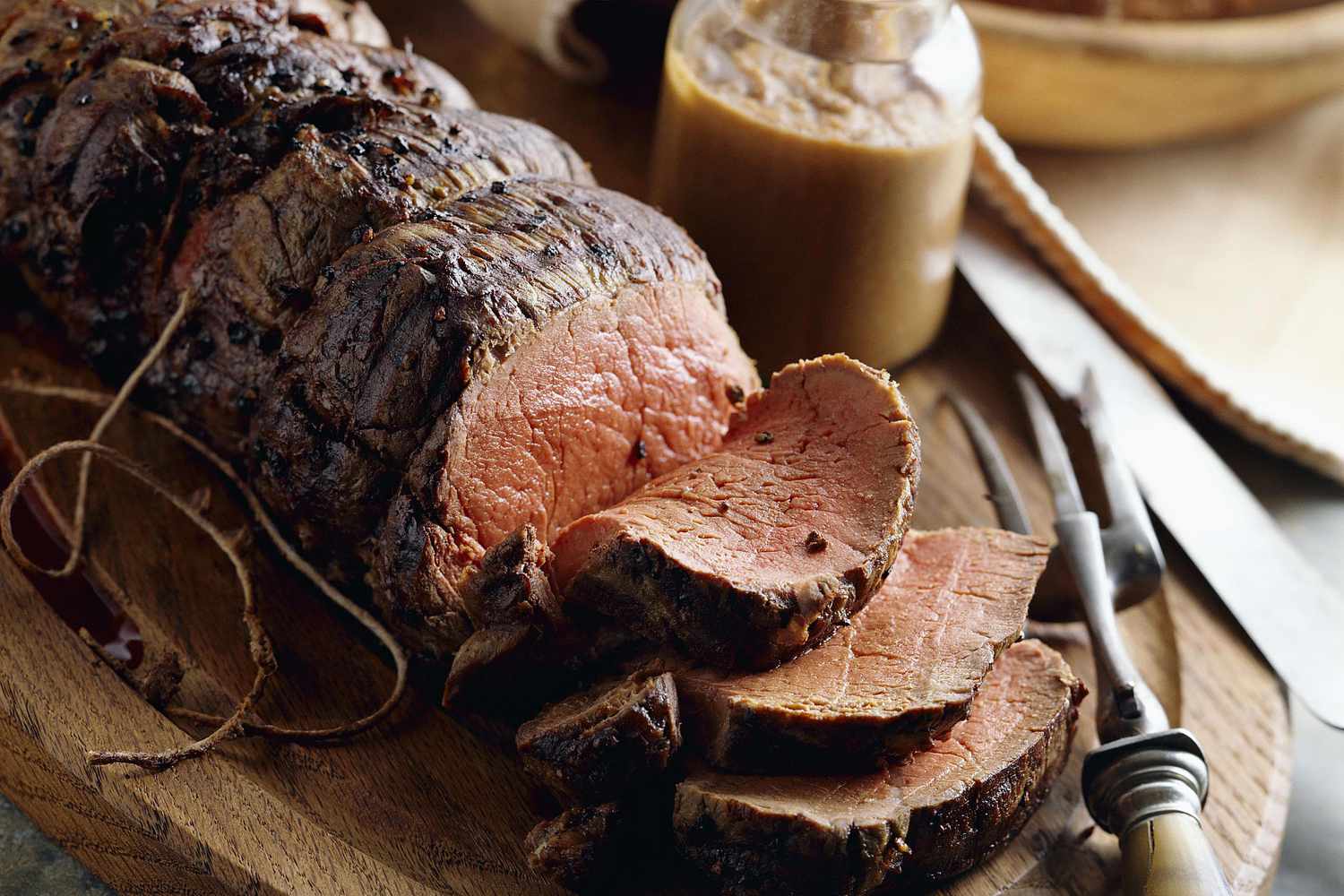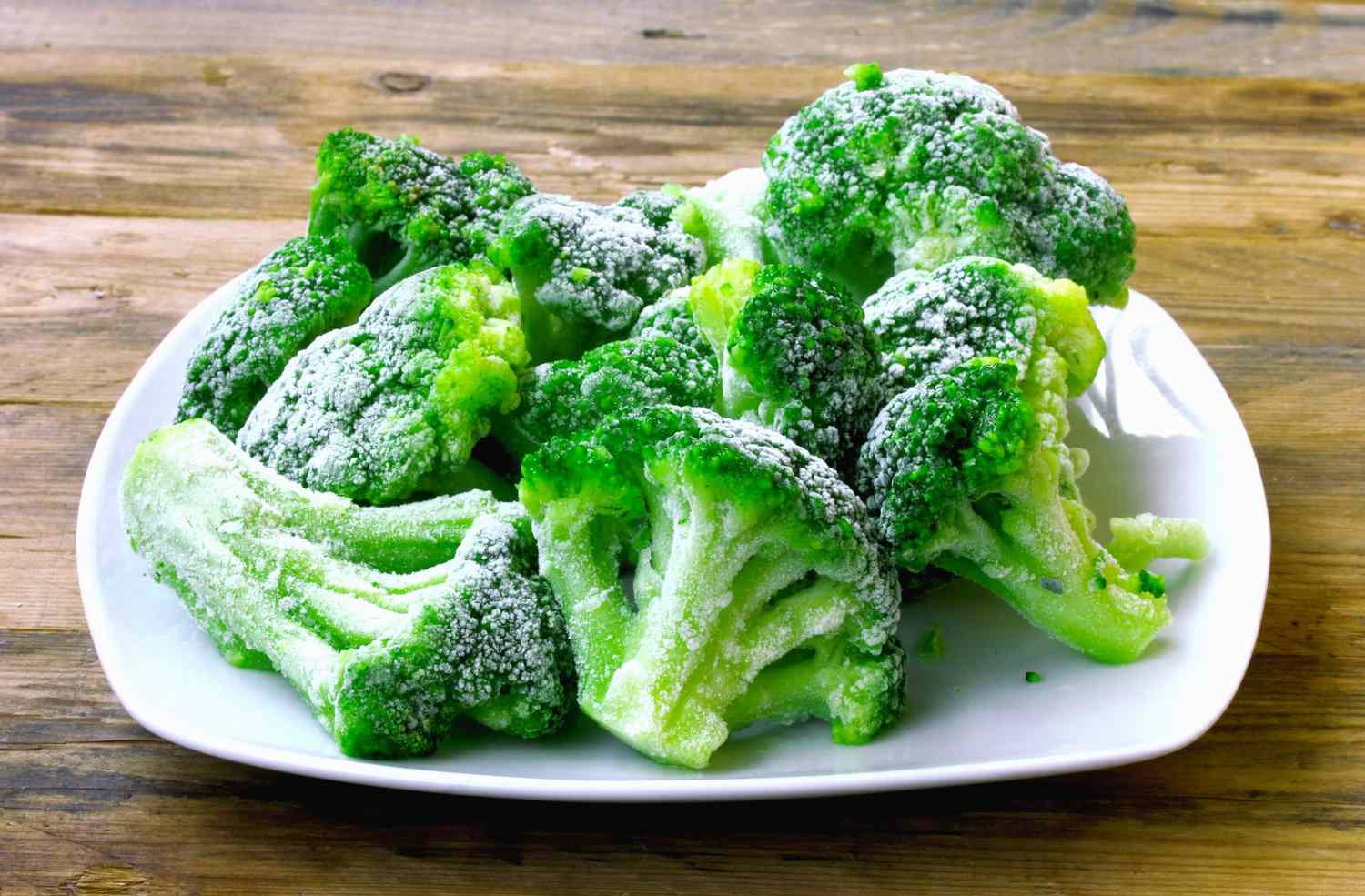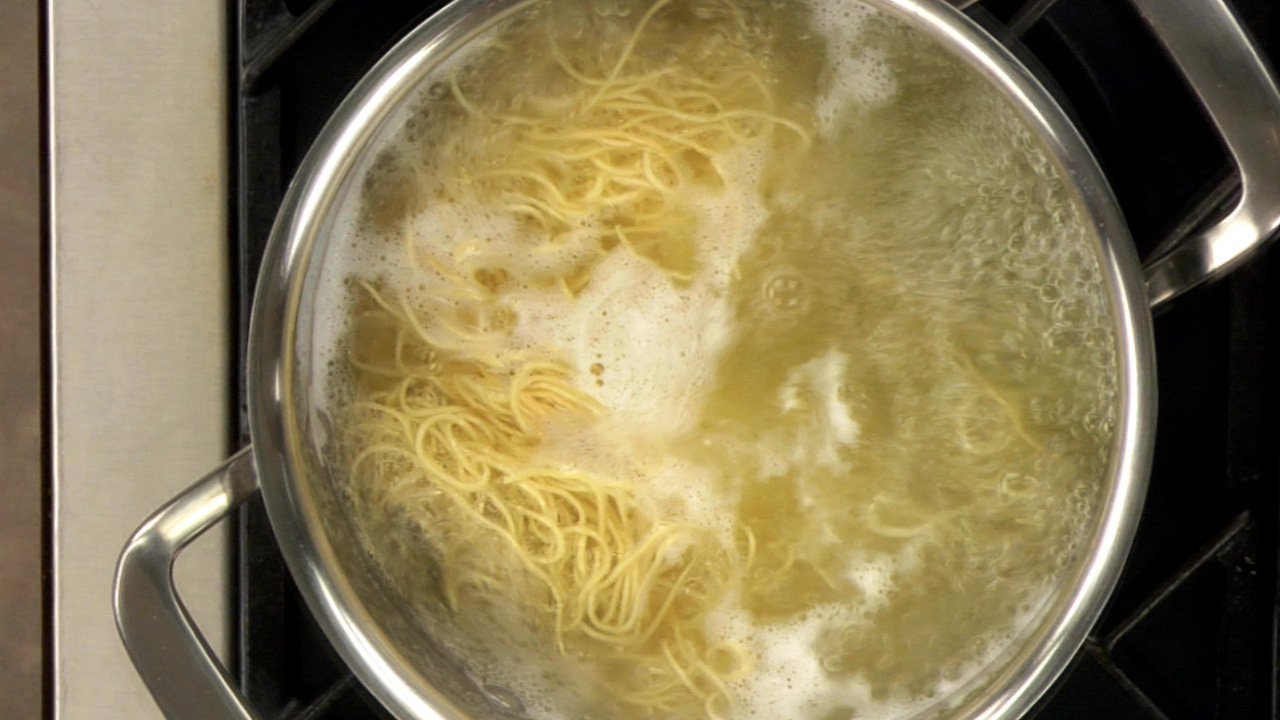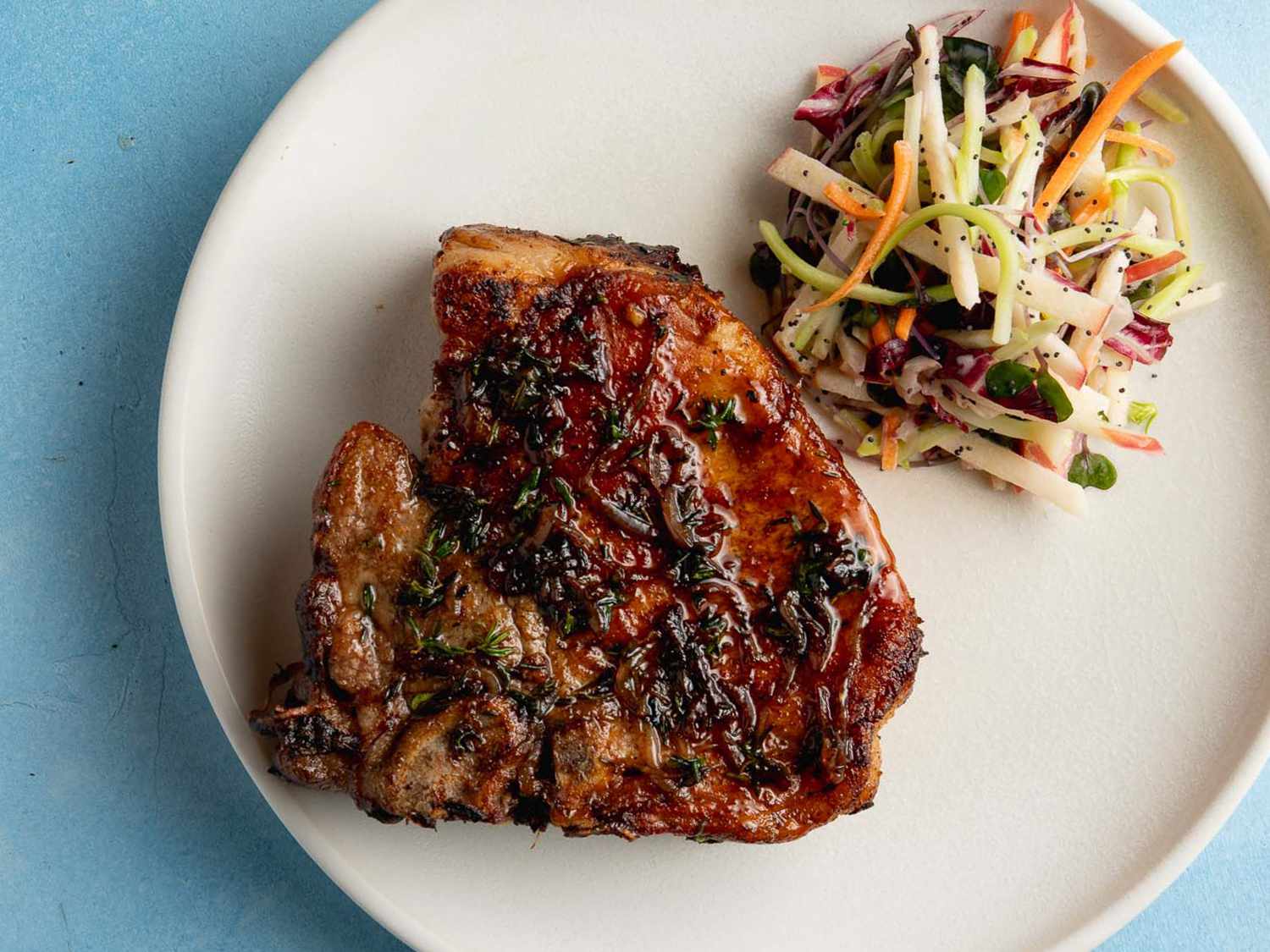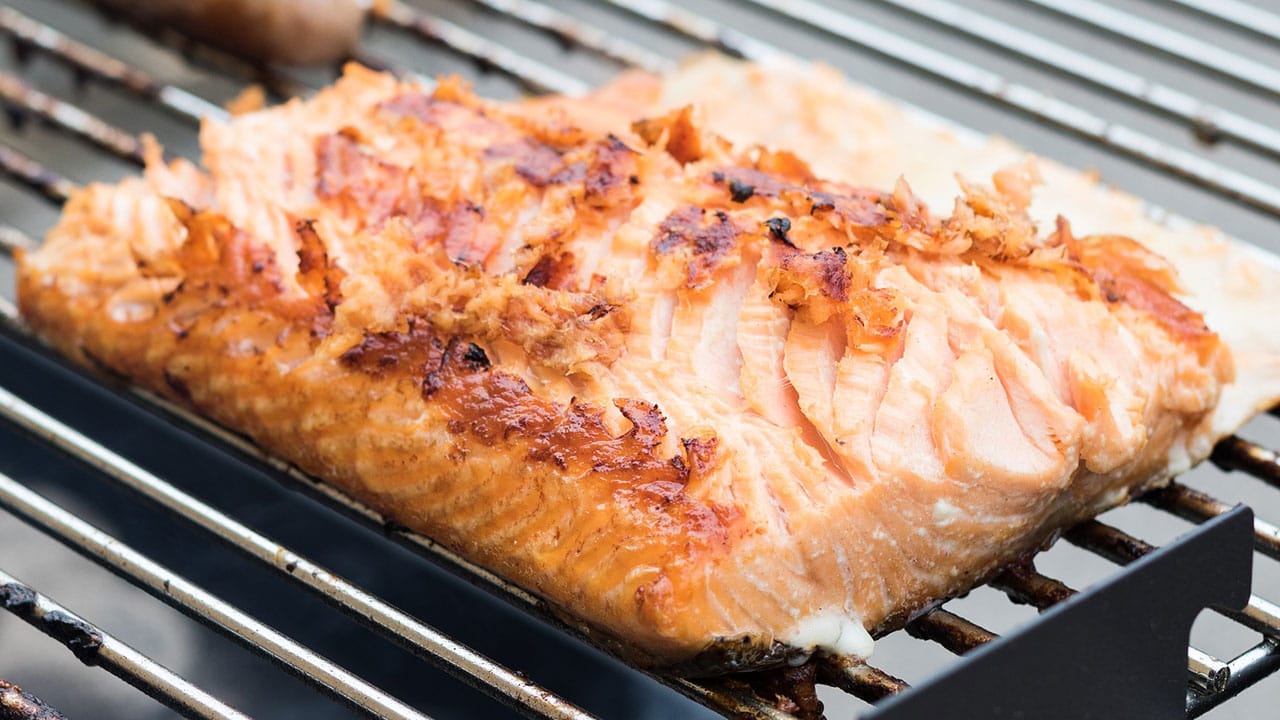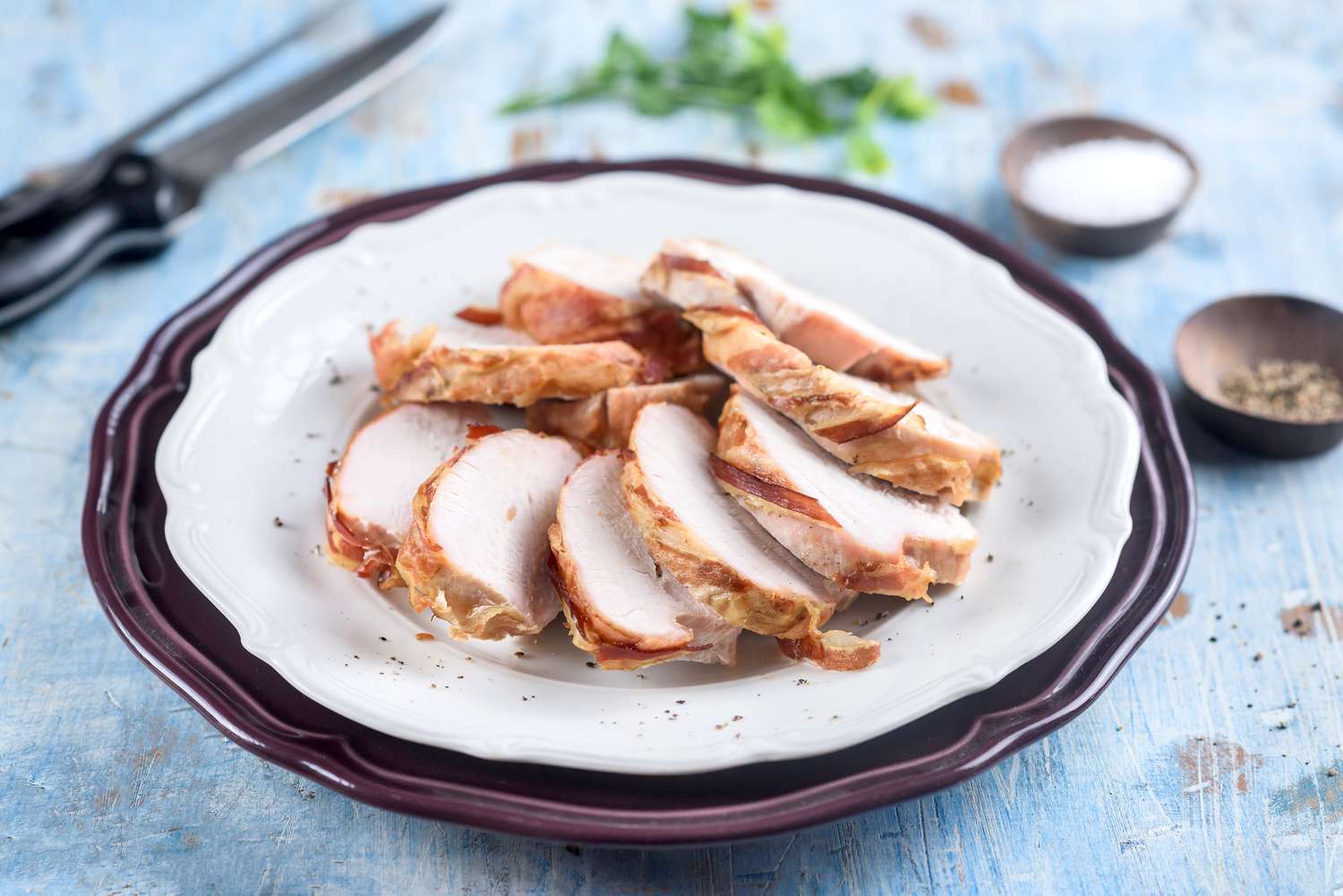The Perfect Ribeye Steak: A Guide to Achieving Tender, Juicy Perfection
There’s nothing quite like sinking your teeth into a perfectly cooked ribeye steak. Its juicy tenderness, rich flavor, and marbled perfection make it a favorite choice for steak lovers around the world. But how do you achieve that melt-in-your-mouth texture and unbeatable taste? Let’s dive into the secrets of cooking a tender ribeye steak that will leave your guests begging for seconds.
1. Choosing the Right Ribeye
When it comes to selecting a ribeye steak, quality matters. Look for a well-marbled cut with visible fat streaks throughout the meat. The marbling not only enhances the flavor but also ensures a juicy and tender steak when cooked. Opt for USDA Prime or Choice grades for the best results.
2. Seasoning is Key
Before cooking your ribeye steak, generously season it with kosher salt and freshly ground black pepper. For an extra flavor boost, you can add other spices like garlic powder, smoked paprika, or dried herbs. Make sure to let the steak sit at room temperature for about 30 minutes to allow the seasonings to penetrate the meat.
3. Searing for Flavor
To achieve that irresistible crust and caramelization on the surface of your ribeye steak, start by searing it in a hot cast-iron skillet or grill. Preheat your cooking surface until it’s sizzling hot, then add a drizzle of high-heat oil like canola or avocado oil. Carefully place the steak on the hot surface and let it cook undisturbed for a few minutes on each side until a golden-brown crust forms.
4. The Art of Temperature Control
To achieve the perfect level of doneness, you need to master the art of temperature control. Invest in a reliable meat thermometer to accurately gauge the internal temperature of your steak. For a medium-rare ribeye, aim for an internal temperature of 135°F (57°C), while medium doneness is around 145°F (63°C). Remember to insert the thermometer into the thickest part of the steak for an accurate reading.
5. Resting and Reaping Rewards
Once your ribeye steak reaches the desired temperature, remove it from the heat and let it rest for about 5-10 minutes. Resting allows the juices to redistribute throughout the meat, resulting in a more tender and flavorful steak. Avoid cutting into the steak immediately, as this will cause the flavorful juices to escape.
6. Slicing and Serving
When it’s time to carve your ribeye steak, remember to slice it against the grain. This technique helps to break up the muscle fibers and ensures a more tender bite. Use a sharp chef’s knife to make clean, diagonal slices, about ½ to ¾ inch thick. Serve the perfectly cooked ribeye steak alongside your favorite sides, such as roasted potatoes, steamed vegetables, or a fresh salad.
7. Experiment with Sauces and Marinades
While a perfectly cooked ribeye steak is a delight on its own, you can take it up a notch by experimenting with flavorful sauces and marinades. A classic choice is a savory mushroom sauce or a tangy chimichurri. You can also try marinating your ribeye in a mixture of soy sauce, Worcestershire sauce, garlic, and herbs for a few hours before cooking to infuse it with additional flavors.
Now that you know the secrets to cooking a tender ribeye steak, it’s time to gather your ingredients and put your culinary skills to the test. With a little practice and attention to detail, you’ll soon become the master of steak perfection, impressing your family and friends with your delectable creations. Happy cooking!
Was this page helpful?
Read Next: How To Cook Turkey On Pellet Grill
